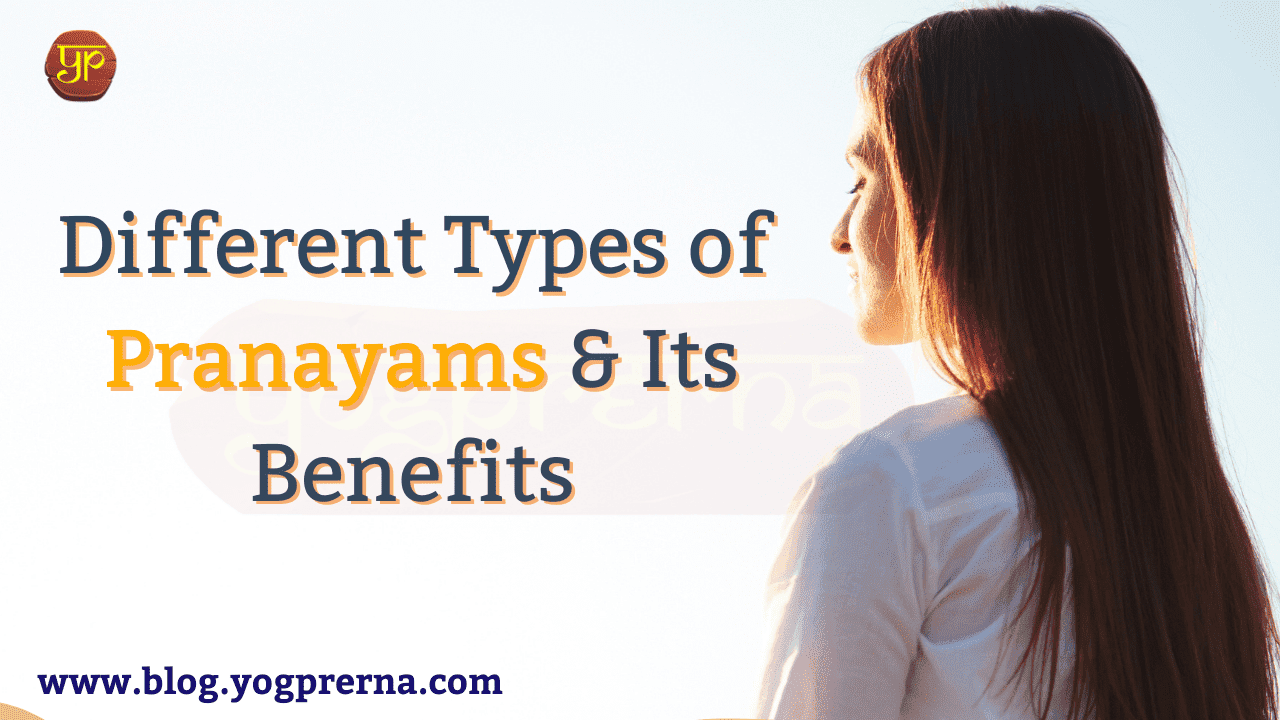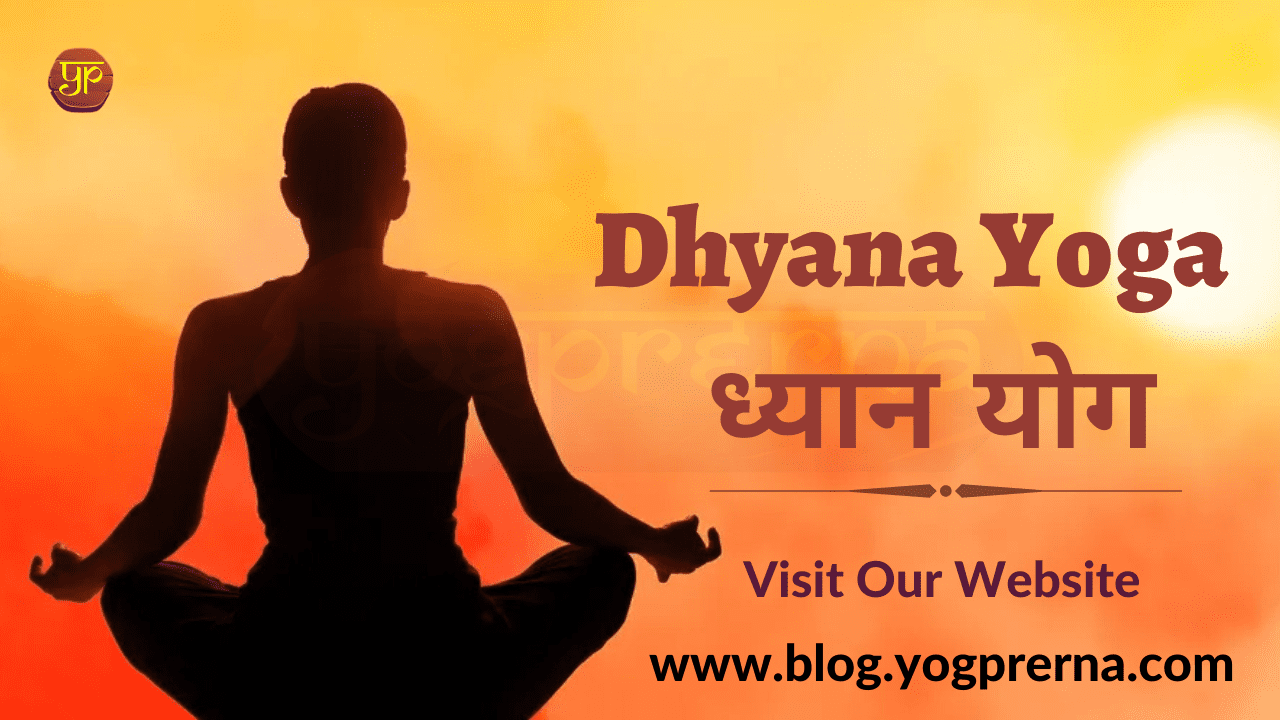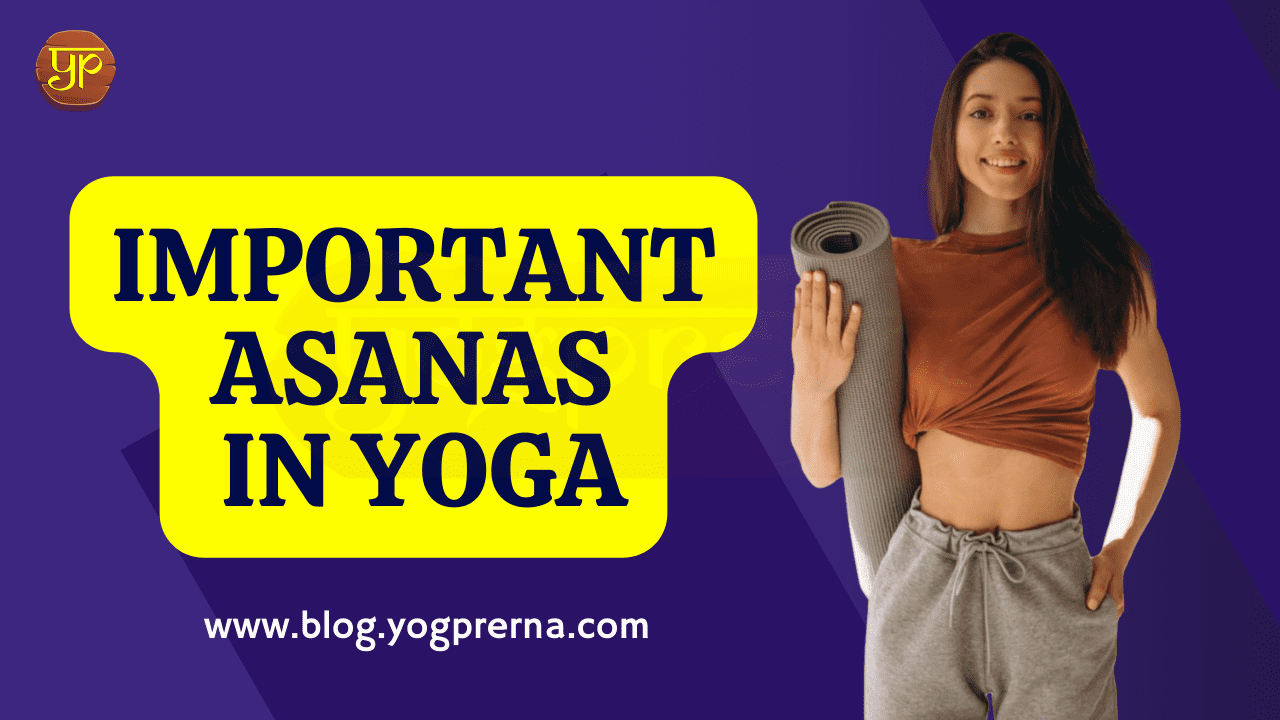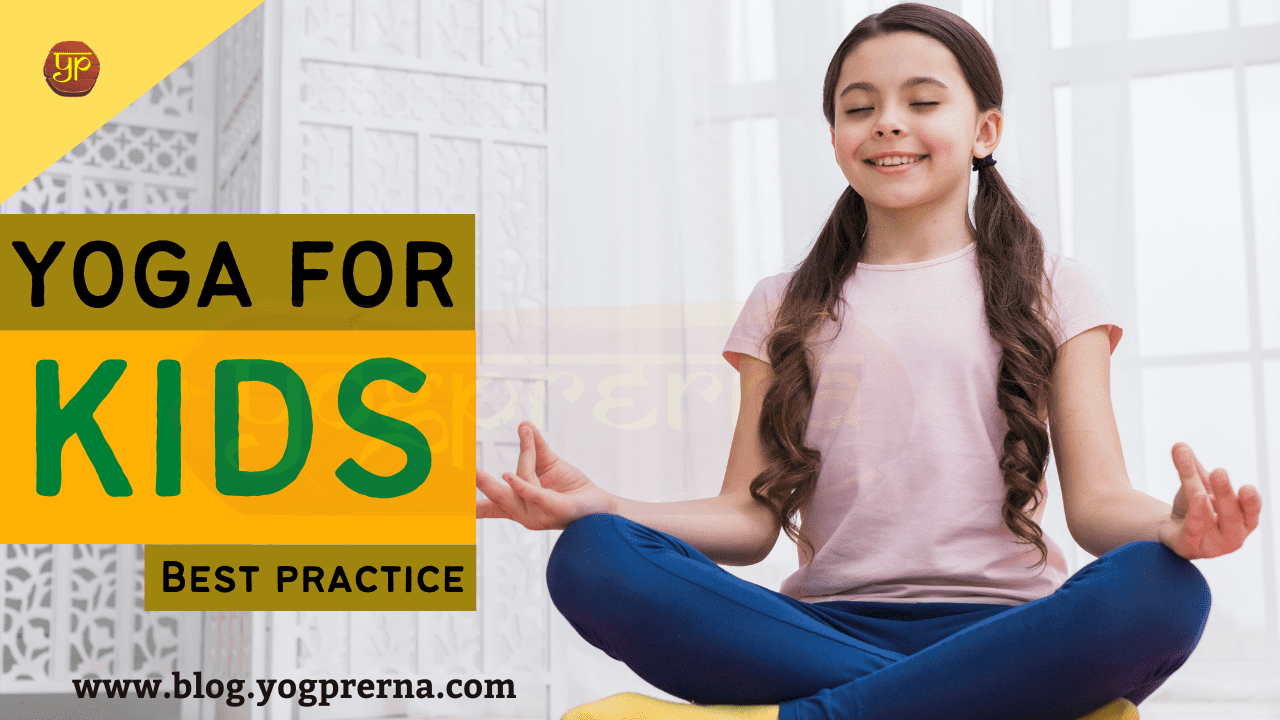What are the types of Pranayama and its benefits?
Pranayama and Its Benefits: In Sanskrit “Pranayama” term means “breath regulation.” As a contemplative activity, we use various breathing methods to intentionally regulate our breathing in pranayama. In pranayama, there are three steps of breathing techniques: inhalation, holding, and then releasing. Not only are these breathing methods employed in yoga, but they are also used in meditation activities. Pranayama may be used to manage the pranic energy’s rhythm.
Pranayama breathing practices are believed to have originated in India about 4500 to 5000 BC, during the same period as yoga. They are documented in ancient literature from around this period, like the Yoga Sutras, which identify pranayama as a core part of yoga practice.
There are three primary stages to pranayama breathing techniques, irrespective of which one you use: Purak (inhalation), Kumbhak (retention), and Rechak (exhalation). Pranas come in a variety of forms that promote in the wellness of both the body and mind. Early in the morning, on an empty stomach, is the ideal time to practice pranayama. It is critical to obtain some fresh air while doing pranayama. It is regarded as one of the greatest practices since it assists in the development of tranquility and the subconscious.
The eight different types of pranayama and its benefits described here are a fast guide to getting started with this breathing practice and perhaps feeling the benefits. Let’s get started:
Types of Pranayama and its benefits
- Nadi Sodhana
Nadi Sodhana is performed easily in a cross-legged stance. Then, with the right hand, shut the right nostril while breathing deeply through the left nostril. This surgery must also be performed on the right nostril. If you do Nadi Sodhana for 10-15 minutes every day, you will reap a variety of advantages.
This approach aids in the cleansing of the body’s energy pathways. The mind, body, and spirit of the human body are all brought into equilibrium via alternating nostril breathing. This method is believed to be unique, and it aids in the reduction of tension, anxiety, and the urge to smoke.
- Dirga Pranayama
Because you are actively breathing into three separate areas of the abdomen, Dirga is also known as the three-part breath. This emphasis on different portions of the body might assist the mind’s focus. It is probably the best pranayama for beginners.
This exercise may be done while sitting or resting on your back. Begin by inhaling into your belly button and seeing it grow as you do so. Draw in more breath, extending into the rib cage, when the tummy is full. Then take a few more breaths and let them fill your upper chest.
Begin from the upper chest on the exhale. Allow the heart center to fall back down as you exhale. After that, exhale through your rib cage. Finally, exhale and pull the navel back toward the spine. Repeat this at least 10 times.
- Ujjayi Pranayama
Ujjayi Pranamaya is one of the most popular poses in today’s yoga sessions. In the ashtanga vinyasa yoga method, it is the basic breath.
While sitting in a cross-legged stance, this sort of pranayama is performed by breathing via the lips. By restricting the neck, one may imitate the sound of ocean waves. Then, after shutting the lips, breathe via the nose while constricting the neck once again.
This method should be repeated at least 10 times. This may seem strange at first, but it provides a lot of relief. It is also beneficial for throat problems. It can be used as a supplement to traditional therapy for stress and PTSD since it reduces anxiety.
- Kapalabhati Pranayama
The goal of this breath is to increase your vibrating pranic energy and produce heat in your body. This pranayama is performed by vigorously exhaling from the lungs and inhaling spontaneously. The exhale should be so powerful that the air sucks the belly.
Close your lips and breathe through your nose again. Consider your diaphragm moving in and out as you breathe. For a few minutes, repeat this cycle of inhaling and exhaling. The diaphragm and abdominal muscles are both strengthened by this sort of pranayama. It also aids in the improvement of attention, the reduction of anxiety, and the burning of calories.
- Bhastrika Pranayama
This method is performed by sitting in a cross-legged stance with the spine straight and the eyes closed. Exhaling and inhaling should be done quickly. This is a lot like kapalabhati. The primary distinction is that bhastrika requires a strong intake and exhale.
Start in a sitting position that is comfortable for you. Inhale deeply and firmly exhale. Inhale with the same power as you exhale, immediately. Using the diaphragmatic muscles, inhale and exhale frequently. One round consists of ten breath cycles. Repeat for a total of two rounds.
One of the most beneficial pranayamas because it improves blood circulation and opens up bodily passages. It also helps with concern, anxiety tolerance, and PTSD.
- Sheetali Pranayama
Place yourself in a comfortable position. Close your eyes and relax your entire body. Place your tongue on your bottom lip and roll it around. Deeply inhale via the mouth. As long as possible, hold your breath. Exhale gently via the nostrils after closing your mouth.
You can begin by completing 2-3 rounds of pranayama and eventually go to 15 rounds. This pranayama is regarded to be the most soothing breathing technique that helps the body calm down. It also is reported to help people suffering from anxiety and depression.
- Anulom and Vilom Pranayama
There is also an alternation in this pranayama breathing method. There are two types of halted breathing involved in this pranayam: paused inhalation and paused exhalation.
While sitting in a comfortable posture, inhale for 2-3 seconds and pause, then continue inhalation and pause for a few seconds. Inhale until your lungs are completely full of air. It’s important to exhale slowly. It is necessary to relax both the mind and the body. This is vilom pranayama.
Anuloma pranayama requires breathing through the nostrils in alternately. Inhale through one and exhale through another. Both are comparable. These practices aid in relaxation, stress reduction, and nose channel cleansing.
- Sheetkari Pranayama
This pranayama is performed by making the sound ‘sheetkar’ with the lips. Inhaling air while retaining the tongue behind the teeth is how this pranayama is done. The Jalandhar bandh must be performed while holding the breath. The air must then be exhaled through the nose. In the summer, this pranayama is very beneficial since it keeps the body cool. As a result, it plays a crucial role in maintaining body temperature management.
These pranayama and its benefits are both physical and psychological. These approaches are beneficial for both yoga and meditation pursuits. It aids in the improvement of cardiovascular health, lung function and capacity, hypertension, stress, and anxiety reduction, and focus.
May You Like: Different Types of Yoga Asanas || Hatha Yoga and its Benefits
Frequently Asked Questions (FAQ)
-
What are Pranayama and its benefits and steps?
Yoga involves the breathing technique known as pranayama. It improves sleep quality, increases mindfulness, decreases high blood pressure, improves lungs functioning and it consists of three key steps: different patterns of inhalation, exhalation, and breath retention.
-
Which pranayama is the most powerful?
The word “bhastrika” means “bellows.” Bellows are a device that generates a powerful air current with the intention of fanning the fire. When doing this yoga method, you make motions that are comparable to the bellows movements.
-
Which pranayama is best to reduce stress?
Shitali pranayama, a cooling form of pranayama, is excellent for relaxing the nervous system and soothing the mind and body.
-
What are pranayama and its benefits?
Yoga breathing practices like pranayama free up the energy blockages in our bodies. The mind is peaceful and relaxed, and general health has improved.
-
Can pranayama cure depression?
According to a study, yoga and pranayama can lessen anxiety and depression. As potential therapies for depression and anxiety, doctors frequently advise meditation and other stress-reduction methods.





